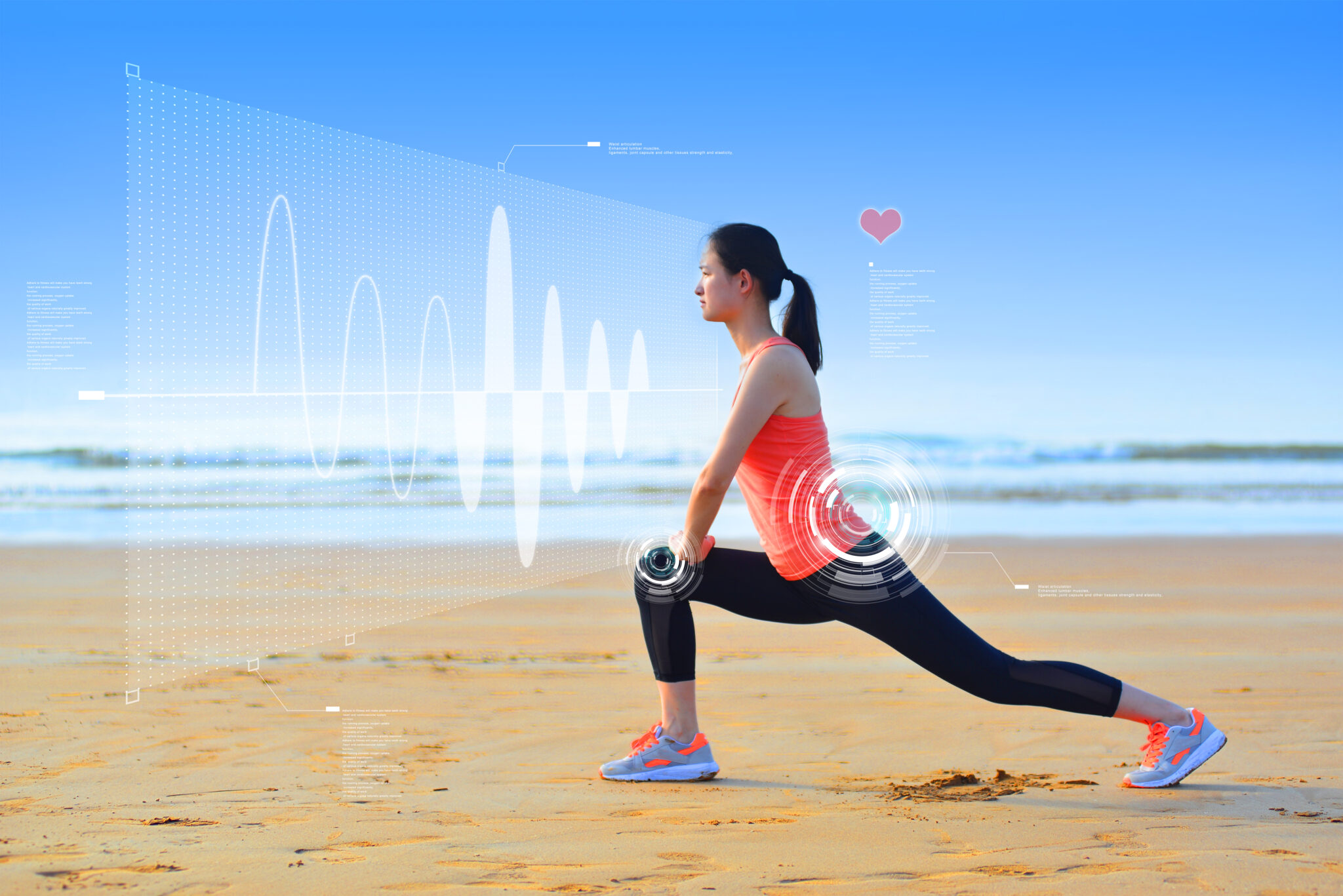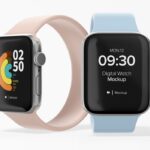Biohacking is all the rage; it refers to taking control of your health through minimal tools and changes in lifestyle. One would keep track of signals with the body, such as heart rate, sleep, and activity, through wearable technology — smartwatches, fitness trackers. These deliver actionable data towards intelligent health-related decision making. Over 70% of adults are using wearables for health monitoring by 2025, as claimed by the latest research conducted. How to get started biohacking with wearables, why it works, and quick ways to enhance your life is what this guide gives. If you need better sleep or an energy boost, these tips will get you going.
1. Biohacking 101: What the Heck Does That Mean and Why Use Wearables?
Pretty simple: biohacking is the art of taking your biology into your own hands. Applying science, technology, and lifestyle tweaks to make your body work better. In other words, it’s health coaching for yourself. It’s all about wearables, such as Fitbit or Apple Watch, that keep getting critical with real-time data on what’s happening inside your body.
Why it matters:
Wearables provide a means to your personal health data as in what situation stress influences your heart rate or how efficient you are sleeping, and hence enabling you to identify the patterns and make changes, such as in lifestyle or nutritional intake.
How to start:
- Get a simple device like the Fitbit Charge that tracks your steps, and monitors your sleep every night.
- Use it for a day every day to record your baseline health stats.
- Take the data and devise one very specific goal, such as walking 10,000 steps a day.
- Ignore the numbers and just follow one or two metrics at a time.
2. How Wearables Track Key Health Metrics
These sensors on wearables measure your heart rate, sleep stages, and oxygen levels. The numbers tell you about your health and figure out where to improve.
Why this is important:
Measuring your heart rate variability shows how stressed you are. Keep track of sleep stages to be able to remedy poor rest. For instance, according to health blogs, 60% of biohackers claim that sleep data improves their energy.
Things to keep an eye on:
- HRV (Heart Rate Variability): Indicates stress or recovery.
- Quality of Sleep: The measurement of deep sleep and interruptions.
- SpO2: Oxygen level in blood, which gives a pointer related to breathing health.
How to use it:
Monitor the application once a week to track trends. In the case of low HRV, practice the described deep breathing exercise.
3. Selecting the Right Wearable Device
It’s important to note that all wearables are not created equal; some may concentrate more on fitness tracking while others may be directed towards effective sleep or stress tracking. The right one for you will depend on your objective.
A device like the Oura Ring is dedicated to sleep tracking, whereas something like an Apple Watch is dedicated to tracking workouts and heart health. Choose wrong, and you waste money.
How to pick:
- For steps and workouts: Fitbit Charge or Garmin.
- For sleep: Oura Ring tells detailed sleep stage data.
- For everything: Most metrics are covered by an Apple Watch.
Pro tip: Read reviews on Wired and compare features before buying.
4. Getting Started with Biohacking
Starting with biohacking is rather simple when using wearables. You do not require much to get fancy gear and just a device and a plan.
The steps to begin:
- Goal setting: Do you want better sleep? More focus? You have to pick one.
- Wear the device on a daily basis for 1-2 weeks to track and achieve a baseline.
- Use an app to enter diet or stress typing that correlates with wearable data.
Why it works: Because tracking exposes what’s working and what isn’t, one user, for example, was able to increase their energy by 30% by cutting out caffeine after viewing that it was the reason for the poor sleep score.
Enjoy biohacking podcasts for guidance from specialists.
5. Sense of Your Data
Wearable apps display graphs and charts, but the real strength is making sense of them. High rest heart rate may mean stress. Bad sleep scores could be bad routines.
Why it matters:
Information drives action. Once you see that your sleep tracker indicates you haven’t gotten enough deep sleep, you may want to implement a pre-sleep routine next time, such as reading…
How to act:
- Check weekly: Analyze your data for patterns; perhaps low HRV always coincides with particularly busy days.
- Experiment: Try doing yoga-don’t panic when stressed and then measure your stress levels.
- Ask the experts: Some apps let you talk to a ‘real’ coach for such advice.
Example: One user noted low SpO2 and went to see a doctor, so a problem with his or her breathing was detected in its early stages.
6. Advanced Biohacking with AI
AI, by examining your data, makes wearables smarter by identifying patterns it can recommend ways to sleep better or lower stress.
Why it’s important:
For instance, something you might miss like the fact that late meals are hurting your sleep. Studies have also shown that insights driven by AI improve health outcomes by 25% for consistent users.
How to use it:
- Choose AI-powered devices: Like Apple Watch or Whoop, which give tips based on AI
- Act on the suggestions: If it says “walk after lunch,” try it.
- Integration with third-party apps: Services such as InsideTracker can provide AI-based nutrition recommendations in the future.
Preemptive Advantage: Forecasting techniques can predict pre-warning regarding health hazards that might occur in the coming days.
7. Overcoming Biohacking Challenges
Biohacking sounds great, but there are some obstacles to the practice. Too much information is stressful, and a person stops being motivated.
Common problems:
- Information overload: Numbers give too much confusion.
- Excitement fades: “New” quickly becomes “old.”
- Overdependence: One stop-all for health
Fixing them:
- Cut down to 1-2 metrics focus. eg; sleep or steps.
- Make it easy to measure your success, and remember that to create a healthier life; perfection isn’t necessary, aim for 7 hours of sleep, not perfection.
- Pairing with good habits: Eat well and exercise for best results.
Tip: Join online forums for support and new ideas.
8. Real-Life Wins with Biohacking
People are seeing tremendous results. Athletes increase their performance through more intelligent training with wearables that push them to peak performance. Others manage diabetes by keeping track of glucose using such devices.
Muse. Stories show what’s possible. One runner used HRV data to avoid overtraining and cut his race times by 10%. A diabetic used a wearable to keep his blood sugar in check and feel better daily.
Fitness: Beyond fitness, wearables now add help with stress and sleep disorders, with one user even claiming that she cured her insomnia just by tracking sleep and adding meditation, returning to a good mood within weeks.
Biohacking at the Next Level
Biohacking is advancing at a rapid pace, with new gadgets and findings appearing on a monthly basis. Read blogs or join communities to stay in the know.
Why it’s important:
New wearables add on functions like hormone tracking; the more informed you are, the fresher your strategy can be.
Ways to keep up:
- Read: Check out sites like Tomorrow Bio for the newest trends.
- Connect: Join biohacking groups on Reddit or Facebook
- Test: Test out new gadgets as they come out
Wearables biohack your health into your hands. Think small. Think of tracking. Watch your wellness grow.






















